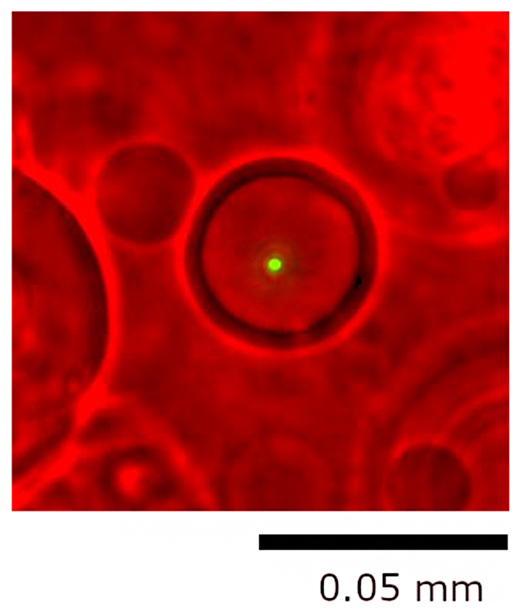2022-10-17 ワシントン大学セントルイス
本研究は、遺伝子治療に用いられる小型ウイルスであるアデノ随伴ウイルスベクターをマウスモデルで送達するためのFUSINの可能性を評価した初めての研究である。
<関連情報>
- https://source.wustl.edu/2022/10/a-sound-approach-for-effective-gene-therapy-delivery-to-brain/
- https://www.thelancet.com/journals/ebiom/article/PIIS2352-3964(22)00459-5/fulltext
集束超音波を用いた脳内投与による無切開標的アデノ随伴ウイルスベクターの導入 Incisionless targeted adeno-associated viral vector delivery to the brain by focused ultrasound-mediated intranasal administration
Dezhuang Ye,Jinyun Yuan,Yaoheng Yang,Yimei Yue,Zhongtao Hu,Siaka Fadera,Hong Chen
eBioMedicine Published:September 21, 2022
DOI:https://doi.org/10.1016/j.ebiom.2022.104277

Summary
Background
Adeno-associated viral (AAV) vectors are currently the leading platform for gene therapy with the potential to treat a variety of central nervous system (CNS) diseases. There are numerous methods for delivering AAVs to the CNS, such as direct intracranial injection (DI), intranasal delivery (IN), and intravenous injection with focused ultrasound-induced blood–brain barrier disruption (FUS-BBBD). However, non-invasive and efficient delivery of AAVs to the brain with minimal systemic toxicity remain the major challenge. This study aims to investigate the potential of focused ultrasound-mediated intranasal delivery (FUSIN) in AAV delivery to brain.
Methods
Mice were intranasally administered with AAV5 encoding enhanced green fluorescence protein (AAV5-EGFP) followed by FUS sonication in the presence of systemically injected microbubbles. Mouse brains and other major organs were harvested for immunohistological staining, PCR quantification, and in situ hybridization. The AAV delivery outcomes were compared with those of DI, FUS-BBBD, and IN delivery.
Findings
FUSIN achieved safe and efficient delivery of AAV5-EGFP to spatially targeted brain locations, including a superficial brain site (cortex) and a deep brain region (brainstem). FUSIN achieved comparable delivery outcomes as the established DI, and displayed 414.9-fold and 2073.7-fold higher delivery efficiency than FUS-BBBD and IN. FUSIN was associated with minimal biodistribution in peripheral organs, which was comparable to that of DI.
Interpretation
Our results suggest that FUSIN is a promising technique for non-invasive, efficient, safe, and spatially targeted AAV delivery to the brain.
Funding
National Institutes of Health (NIH) grants R01EB027223, R01EB030102, R01MH116981, and UG3MH126861.


